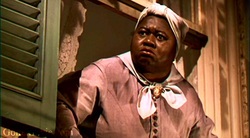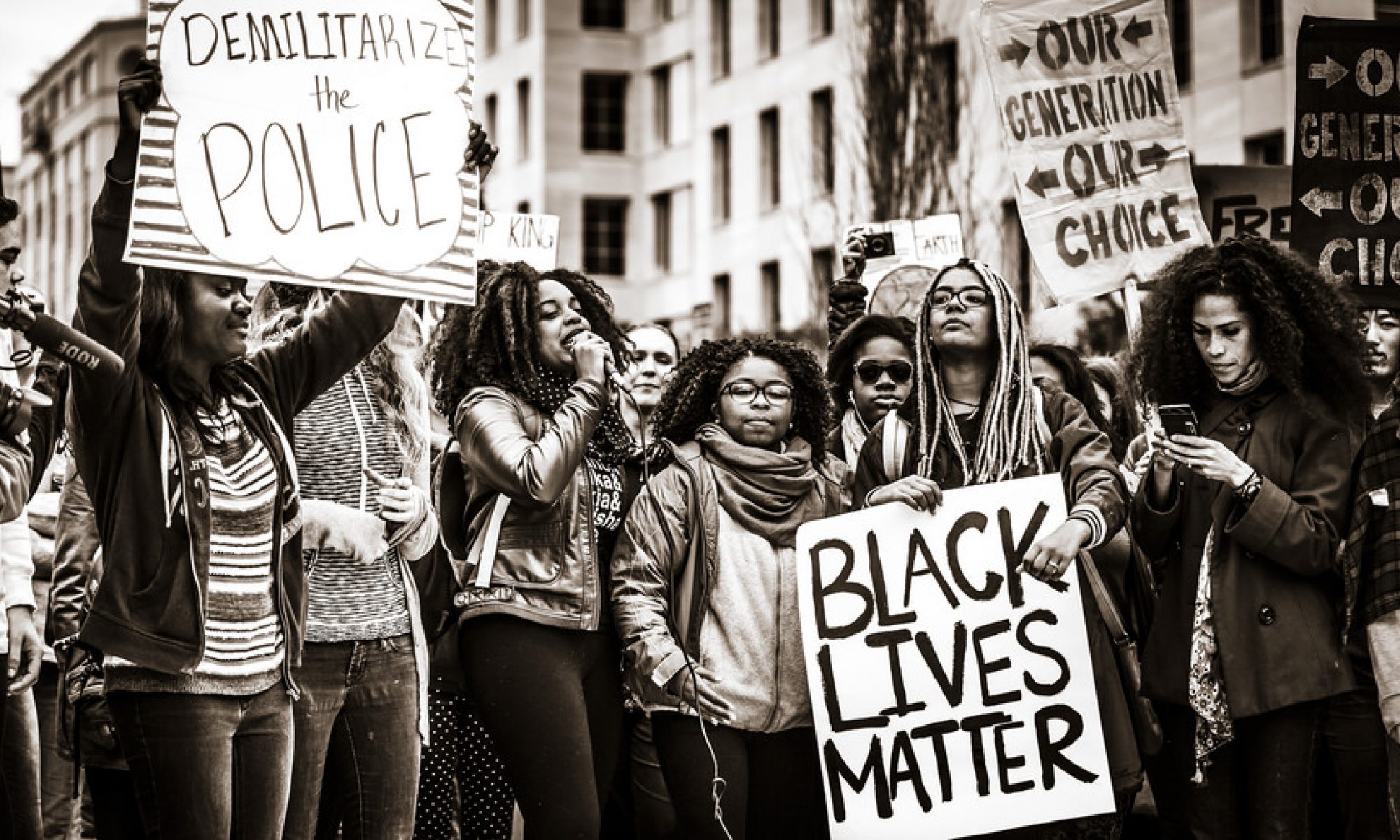Within the first discussion of African American female domestic workers, the idea of mammy; a black nursemaid or nanny in charge of white children, was brought up. Gone With The Wind, a movie released on January 19, 1940 displayed a character played by Hattie McDaniel during the post civil war era who continued to serve and raise the family that were formerly her slave owners. Hattie McDaniel – was the first African American woman to win an Oscar for her performance as Mammy.

Within this role, McDaniel, portrayed what many African American domestic workers were going through at the time. Her character catered to the family, she raised the main character Scarlet since she was a child. Mammy acts as an intelligent bacon of southern respect, hospitality, and manners. Often times when mammy has something to say, the characters surrounding her find meaning, truth, and wisdom in what she says. Upon watching the film it was clear that despite her intellect she was nameless. Mammy had no mention of family, love, aspirations, and or hopes of her own. Much like how black domestic workers felt during the era in which the film came out, Mammy was left leading a life that put the lives of her former slave owners before her own at all times. Within the film her ‘Mammy archetype’ positions her as finding more value in being loyal to her masters than freedom. This goes as far to depict her fighting a couple black soldiers that she felt could harm her masters. She is praised for her obedience. This position that she is in as Mammy depicts the racist narrative that black women value their servitude more than they could anything els within their own lives.
